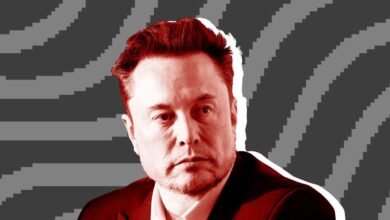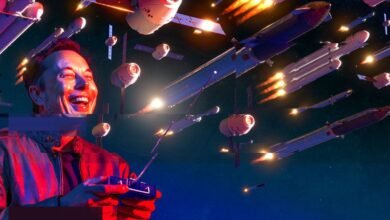OpenAI’s Fake Video App: WIRED’s Deep Dive

▼ Summary
– Tesla’s Full Self-Driving (FSD) mode is being promoted to drowsy drivers through in-car messages, despite not being fully autonomous.
– Tesla has implemented safety measures like in-car cameras to monitor driver attention while using FSD, contrasting with the drowsy-driving messages.
– The company faces legal challenges, including being found partly liable for a 2019 fatal crash involving its Autopilot driver-assistance software.
– Elon Musk has positioned FSD as central to Tesla’s strategy, promising full autonomy by year-end, though his timelines are often missed.
– Scientists have created human eggs from skin cells to form embryos, offering potential future infertility treatments as an alternative to IVF.
Navigating the complex world of autonomous driving technology requires a clear understanding of current capabilities and limitations. Recent reports highlight a concerning trend with Tesla’s Full Self-Driving (FSD) feature, where the system appears to send messages that contradict its own safety guidelines. While the official manual emphasizes that drivers must remain fully alert and ready to take control at any moment, some users are receiving prompts like “Drowsiness detected, stay focused with FSD” or “Lane drift detected, let FSD assist you so that you can stay focused.” These alerts seem to encourage reliance on the driver-assistance software during moments of impaired alertness, which directly conflicts with the need for constant human supervision.
This situation creates a significant safety paradox. Instead of urging drivers to pull over and rest, the system’s suggestions could be misinterpreted as an invitation to depend more heavily on automation when attention is already compromised. Safety experts argue that proper protocols for drowsy driving should involve waking the driver up through methods like activating loud music or turning on the air conditioning, not suggesting they engage an assistive feature.
Tesla has previously implemented measures aimed at improving driver attentiveness. In 2021, the company began using in-car cameras to monitor whether drivers were keeping their eyes on the road while using FSD. This latest development seems to conflict with those earlier safety initiatives. The timing is particularly sensitive for the automaker, which faces ongoing scrutiny over its autonomous driving claims. A Florida jury recently found Tesla partially responsible for a fatal 2019 crash involving a Model S using an older version of Autopilot software.
Despite these challenges, Elon Musk continues to position FSD as the cornerstone of Tesla’s future strategy, repeatedly promising the feature will evolve into a fully autonomous system. However, his track record of missing ambitious deadlines casts doubt on these projections. The tension between marketing aspirations and practical safety considerations remains a critical issue for the company and its customers.
In unrelated but equally groundbreaking news, scientists have achieved a remarkable breakthrough in reproductive medicine by creating human eggs from skin cells and using them to form embryos. This development represents a potential future alternative for treating infertility, though researchers emphasize that none of the embryos were used to establish pregnancies. While these early-stage embryos wouldn’t likely develop beyond initial formation, the technology could eventually provide new options beyond traditional IVF treatments, marking an important step forward in reproductive science.
(Source: Wired)





